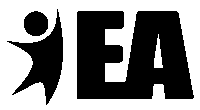Why Letter Formation Still Matters
Letter formation might seem like a small detail in the big picture of writing instruction, but it’s actually one of the most important building blocks for fluent, confident writers. When students learn to form letters accurately and automatically, they set the stage for clear, expressive, and efficient writing throughout their school years (Psychology Direct, 2025; Scribd, 2025). The Simple View …





